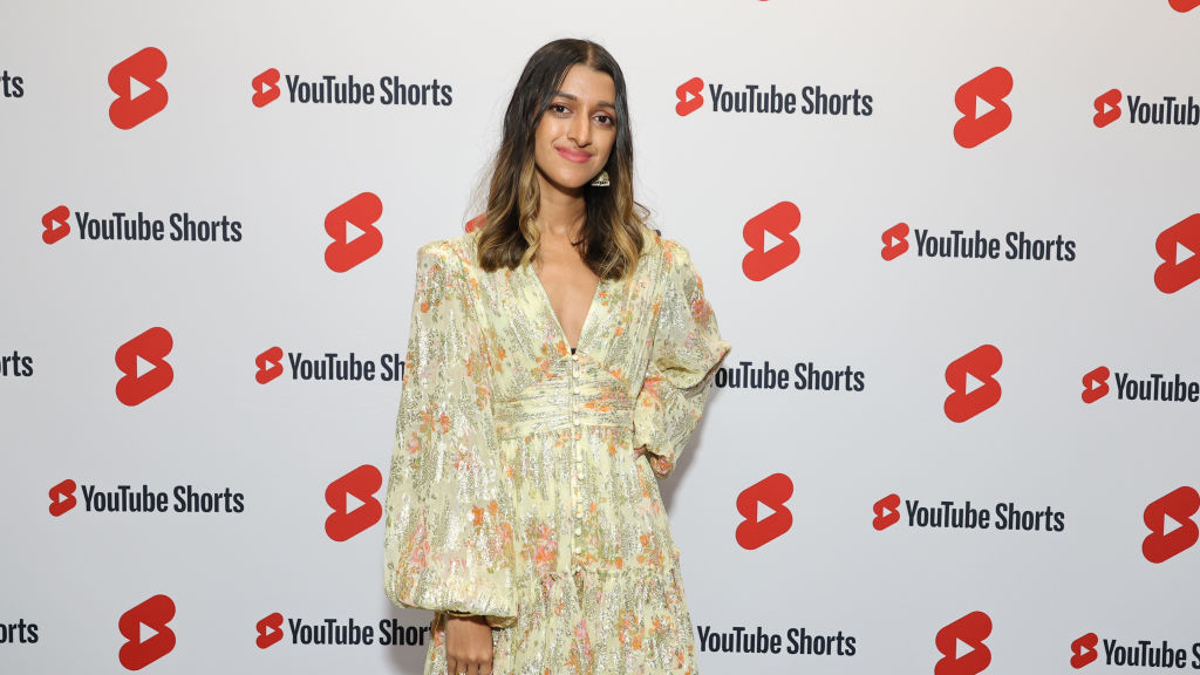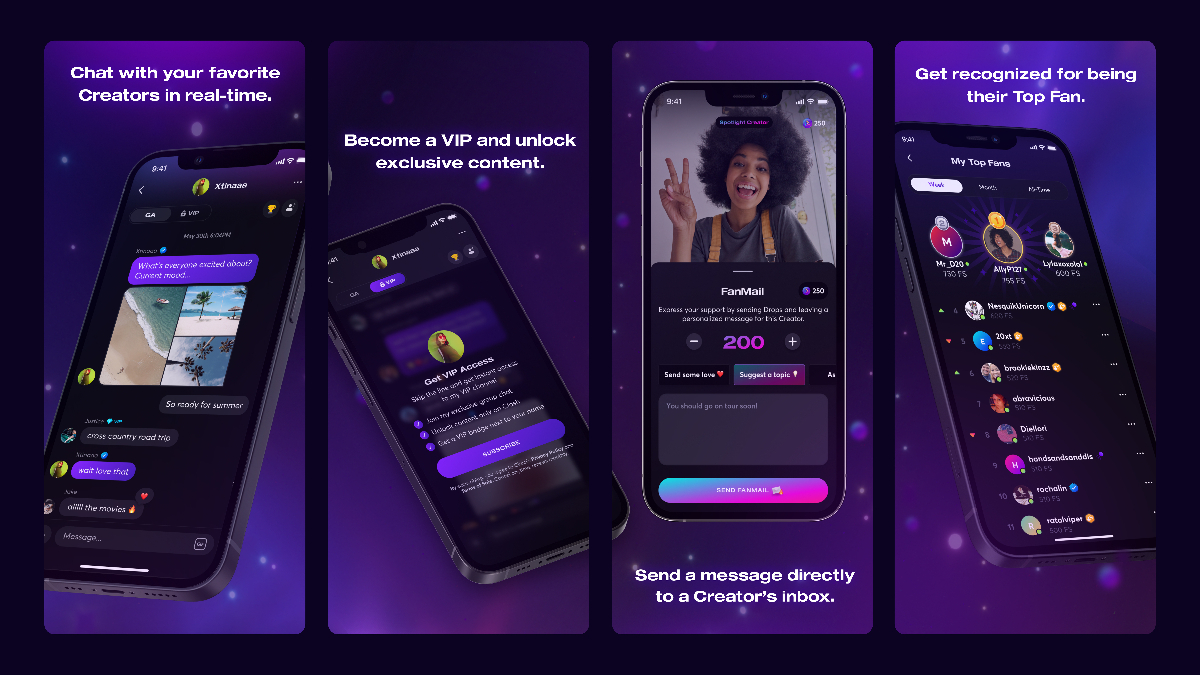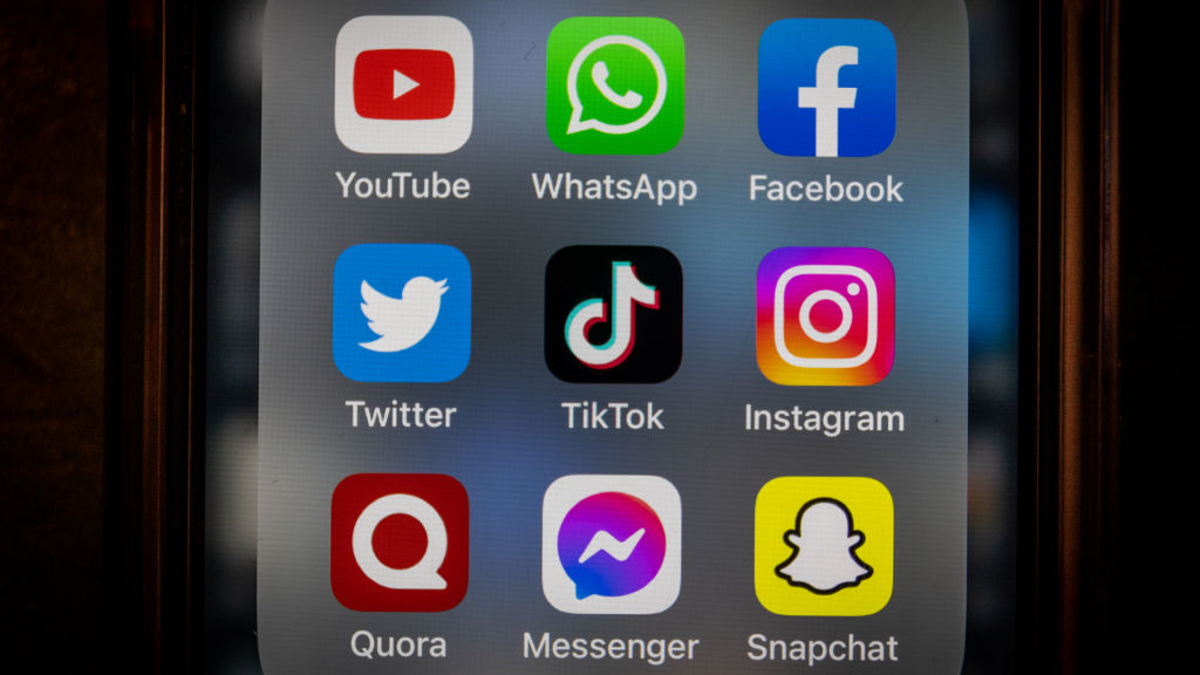With the news that TikTok may soon be banned in the U.S., dedicated users of the often controversial app have been wondering what alternatives there might be to the incredibly addictive platform. Of course, there’s a very real chance that not much will happen, and the American public will be free to continue to spend hours discovering new content. With that said, it’s never a bad idea to look into what else is out there if the TikTok giant is felled, whether you’re a content creator earning an income from your videos or just an avid user who loves to scroll. This is especially true if you’re making videos for the platform, as general day-to-day use is unlikely to be affected by a ban in the very short term, whereas it would mean an immediate inability to monetize content on the app.
So, even though some of the apps listed below might be more one-to-one replacements for TikTok, those sites and platforms with larger existing user bases are likely to be the ones to siphon users from TikTok if it is banned in the U.S. However, nobody can really be sure what would happen if lawmakers do eventually prohibit the downloading of the app, because it would be a situation unlike anything we’ve seen before.
If you’re interested in TikTok alternatives, then read ahead for four of the biggest and best.
Triller

Launched in 2015 as a video editing app, Triller is probably best placed to usurp TikTok’s position if it’s banned in the U.S. Triller allows users to create music videos, lip-sync videos and skits, with the opportunity to add background music, too. The way it differentiates itself from competitors like TikTok is its AI tool that automatically stitches video clips together, so users can focus on content instead of editing.
Like TikTok, there are multiple feeds: people you follow, the social feed (most similar to TikTok’s Discover), and a music feed that only features music videos. Accounts can be public or private, but certain videos can be made public without the rest of the account also being exposed. Children under 13 need parental consent to start an account, but as anybody who’s spent longer than five seconds online can confirm, stopping them from signing up is easier said than done.
Triller has attracted some big name users like Justin Bieber, Alicia Keys, and Eminem, while also offering large sums of money and even shares in the company to content makers on other platforms to switch over. It even offered an incredible deal to black creators to try and turn Triller into the main source for new black content, although it appears that didn’t go so well for anyone involved.
That’s not the only controversy the young company has suffered. It has been accused of inflating user numbers, and Universal Music Group removed all its songs from the app after claiming it hadn’t been paid royalties.
Instagram Reels

Launched in 2020 as a way for the Facebook-owned company to rival TikTok, Instagram Reels has come on leaps and bounds since only showing 15-second long clips. Users are able to share their reels with friends and the wider app community through the Explore function, offering creators a TikTok alternative in an app with an already massive user base.
Instagram is really well-placed to take on ex-TikTok users thanks to the platform’s great functionality, and the fact it has been constantly updating and improving reels since its launch. Not only can users edit and add audio to videos in-app, but audio can also be snipped from other videos for use in new clips, and various filters can be applied to make sure the resulting content hits the right aesthetic.
YouTube Shorts

YouTube is the OG of videos on the internet, but its short-form content section, YouTube Shorts, is lagging when it comes to picking up users who might be wary of TikTok. Videos on the platform are a minute long and have to be vertical or square to encourage the use of content made via phone, and as of last year, shorts can be monetized (although many have complained the returns are incredibly poor). But it’s here that the benefits seem to end for YouTube’s TikTok alternative.
While shorts do have a certain appeal about them, the fact is that you are highly unlikely to be discovered via this platform if you’re an aspiring content creator. Much like with Reels, those who already have existing fan bases, especially on YouTube or TikTok, can simply try and move users over to make sure their content on Shorts gets the views that it needs, but other than that you might struggle to gain new viewers.
Shorts also suffer from cumbersome functionality. In-app editing is severely limited compared to competitors, meaning a higher skill barrier for entry, unlike Triller or TikTok. YouTube’s main selling point right now is its versatility and the fact you can go live and create longer content while also getting the short-term rush of a quick TikTok-length video, but that also means many simply don’t see it as a true alternative to TikTok.
Huddles

Huddles is a bit of a Frankenstein of an app at the moment. Created by a former Vine star, the original short-form video app, it eventually bought rival Byte (another company that stemmed from Vine) and took on some of Byte’s functionality. After a brief period of being known as Clash, it is now called Huddles.
Huddles seeks to create a user and creator-first app that focuses more on rewarding the people on the platform rather than simply being a data mine for advertisers. While that all sounds very nice, many don’t position Huddles as a TikTok rival, but instead something that can work alongside it. This is because Huddles doesn’t seek to grow creator fan bases, but instead allows fans a more intimate relationship with creators they already know and love.
This is Huddles’ main selling point, and the reason it stands out against the other platforms on this list. The way that Huddles seeks to close the distance between creators and fans is allowing people to send fan mail to their favorites on the app, as well as tipping them for their content. This makes it a bit more like Patreon or Twitch in terms of how it allows creators to earn from their work. So, if TikTok does disappear, it’s unlikely Huddles will be first in line to replace it, but you never know what will make it big and what won’t.

